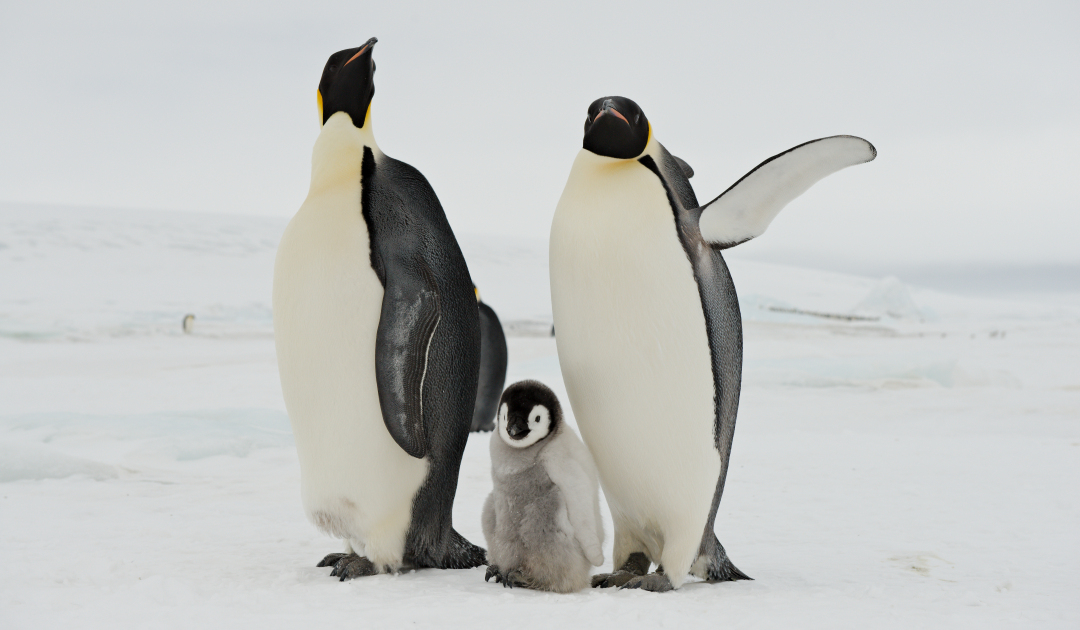
Emperor penguins are symbolic of Antarctica, just as the polar bear is of the Arctic. Found only around the Antarctic continent, these large birds are a true Antarctic species that have adapted their way of life entirely to the icy conditions of Antarctica. However, according to experts, this also makes them very vulnerable to the climatic changes that have now reached even the southernmost region. The US agrees and has placed the iconic birds under protection.
The U.S. government published last week that they would place emperor penguins under the U.S. Endangered Species Act. This gives the bird the same status as the polar bear in the Arctic, and it means that all federal agencies must do everything possible to ensure that the threat level to emperor penguins is reduced. In addition, protection strategies can now be coordinated with international partners and, more importantly, can now apply for government funds to initiate protection programs.
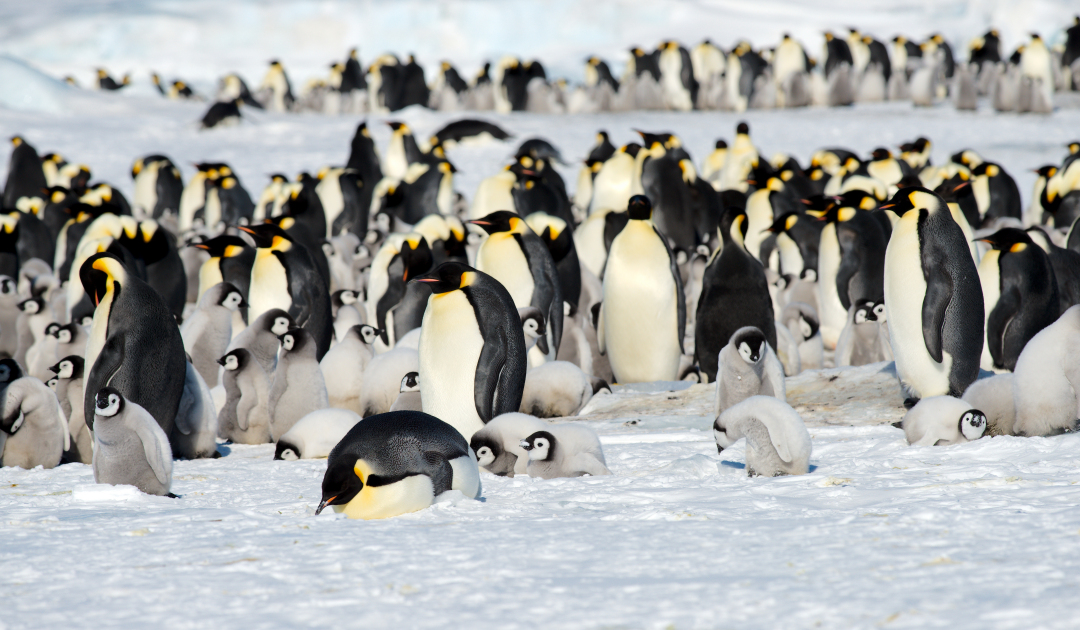
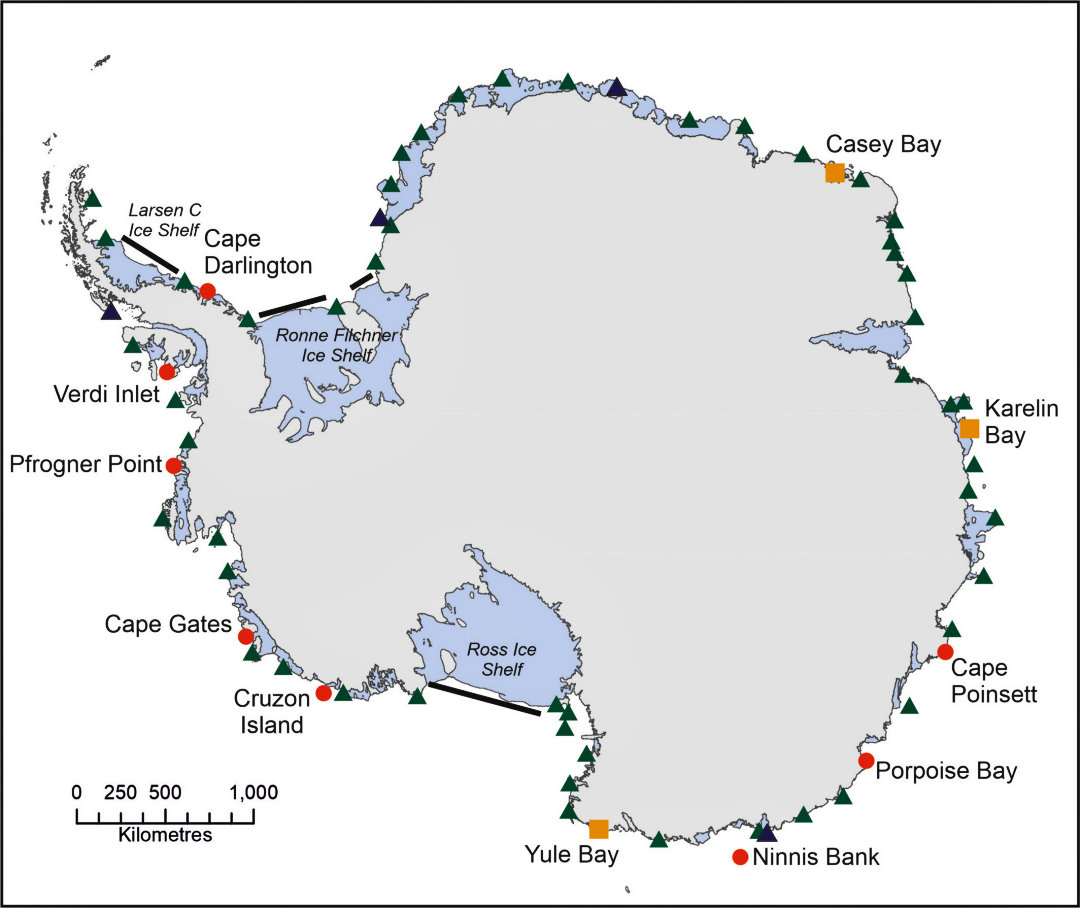
The U.S. Fish and Wildlife Service, which deals with the issue in the U.S. and maintains the endangered species list, had made the recommendation to protect the emperor penguins, stating that the biggest threat to the species is climate change. Their recommendation, according to the agency, was based on a review of existing data and the Center for Biological Diversity’s petition. This center previously petitioned in 2011 to add emperor penguins to the list of birds protected under the U.S. Endangered Species Act. “The penguin’s very existence depends on whether our government takes strong action now to cut climate-heating fossil fuels and prevent irreversible damage to life on Earth,” the center’s director, Shaye Wolf, says in an interview.
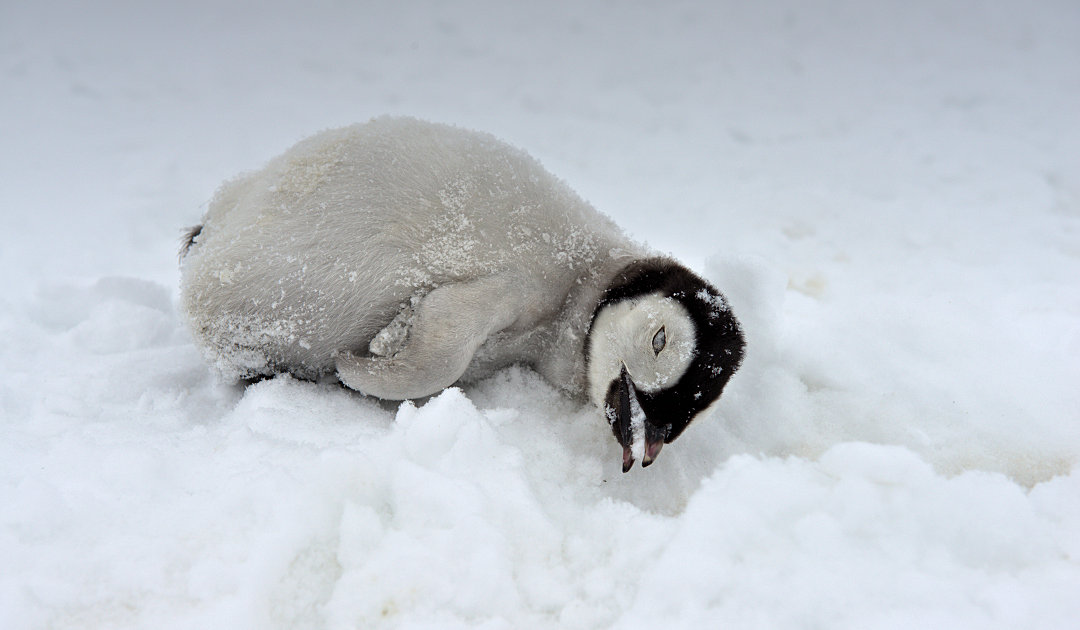
Although the US government’s measure to place the emperor penguins under protection is welcomed by many sides, critical voices have also been raised. It is not the measure as such that is criticized, but the US Endangered Species Act as a whole. A study published a few weeks ago in the journal PLoS One concluded that the law does not really help to adequately protect endangered species. According to their research, only 54 species protected under the law, which has been in place since 1973, would have recovered, with several others improving their status. But overall, he said, the law is too sluggish. “We find that small population sizes at time of listing, coupled with delayed protection and insufficient funding, continue to undermine one of the world’s strongest laws for protecting biodiversity,” the three authors state in their summary.
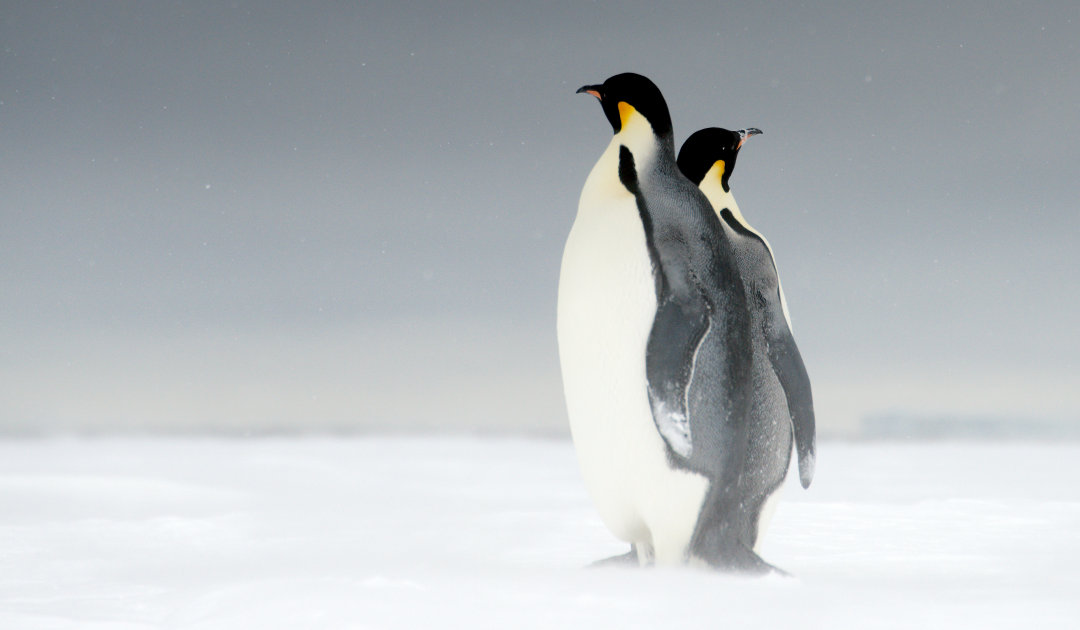
Perhaps the law will better help protect emperor penguins, whose population size is estimated by experts to be between 625,000 and 650,000 animals, and emperor penguins are not considered to be in imminent danger of extinction right now, but warming will bring the animals to that point, the USFWS explains. At least in the case of polar bears, which have been protected by the law since 2008, experts say it has helped by curbing resource extraction in the U.S. Arctic. But emperor penguins don’t live on the doorstep of the United States. To protect the animals in this case, conservation measures must be taken not in Antarctica, but in the rest of the world, including or especially the United States.
Dr Michael Wenger, PolarJournal
More on the topic





